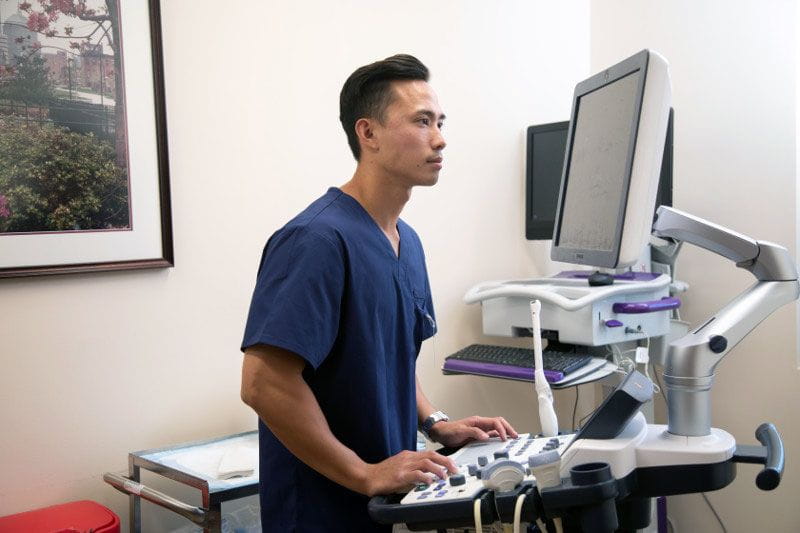Thriving businesses know the importance of agility to renew, adapt, and succeed in today's ever-changing and competitive marketplace. As individuals in the workforce, we can take a cue from corporate business models by upskilling to ready our skills for the future and build our careers.
Being future-ready is an element of proactive career management. It's an ongoing process that includes continuously monitoring and evaluating the job market against your skillset. It's the active pursuit of developing new expertise or qualifications to enhance your skills, expand your capabilities, and remain a valuable member of the workforce. Being future-ready means learning new and advanced skills (hard and soft) in demand for your specific career goal. Another critical component of upskilling involves practical experience and optimizing your work performance.
There are numerous reasons to be future-ready. For example:
- Futureproofing your career
- Increasing your value
- Developing in-demand skills
- Supporting career transitions
- Preventing obsolescence
- Discovering new interests
- Expanding your network of contacts
Importance of Upskilling
As a result of the pandemic, millions of employees began working remotely, accentuating the need for solid digital and communications skills. Remote work also underscores the need for reasoning skills, such as problem-solving, innovation, and self-management. Additionally, workers are encouraged to build self-reliance, stress tolerance, and resilience to cope better with the changing world of work.
And as artificial intelligence expands, experts agree that there will be increasing demand for top high-tech skills. Soft skills are also crucial, as artificial intelligence cannot yet duplicate critical thinking, creativity, emotional intelligence, and other human elements. Although change can create anxiety, encouraging studies show that technology will likely create more jobs than it eliminates.
This is especially true for those with a growth mindset — the conviction that you are in control of your ability to learn and improve and a willingness to accept change, adapt, and grow. A growth mindset makes upskilling more achievable, and causes workers to be more inclined to strive for and reach goals, experience less stress and anxiety, and have higher performance and motivation levels. Motivation is another critical factor in adapting and growing. Psychologists and motivational speakers suggest that the key to motivation is finding your reason or purpose for doing something. Your ‘why’ can motivate you to follow through on your goals.
Hopefully, it's clear why learning new skills and staying up to date in your industry are so important. However, you might be wondering which skills to pursue and how to do so. The answer isn’t one-size-fits-all, and it depends on your job and industry, as well as your career aspirations and personal values. The process includes:
- Identifying your current skills and gaps
- Pursuing continuous learning
- Gaining practical experience
Skill Identification
This involves assessing your skills and researching those needed to excel in your current position and pursue your career goals. Start by exploring within your organization to gain insight. Initially, you may find comfort in advice and direction from others, but as you gather more information and awareness, you'll become accustomed to making decisions that best suit your ambitions. Attend your company's quarterly meetings, review quarterly reports, follow your company on LinkedIn, and communicate with peers to recognize and define your organization's goals. Learn what opportunities and challenges exist. Knowing that information will help as you ask yourself:
- What skills, knowledge, and technology do I need to remain marketable?
- What added value can I contribute to maintain and improve my performance?
- What skills can I develop over the long term for my career objectives?
Learning Options
Once you've determined your skill gaps, figure out how to fill them. Consider the following:
- Articles, blogs, books, and podcasts can expand your knowledge
- Learning Management Systems (LMS) are offered internally through many organizations
- Non-credit courses are easily accessible and often affordable
- Network channels, professional organizations, and relevant LinkedIn groups can help you build connections with professionals or mentors inside and outside your industry and open doors that will allow you to expand your skills
- Formal education options — certificate programs and college degrees — might be offered through your employer’s benefits (check out the benefits page to learn more)
Practical Experience
Knowledge, courses, and short-term training provide a great foundation, but employers often want practical, real-life experience, too. Here are some ideas:
- Seek internal opportunities to learn and grow
- Volunteer at community organizations to gain skills you might not practice in your current job
- Mentor others to develop leadership skills, which can help you take the next step in your career — potentially managing others
- Freelance to gain more experience in areas like web design, social media marketing, or technical writing (there are numerous websites on which you can promote yourself)
Learn more in these EdAssist webinars:





